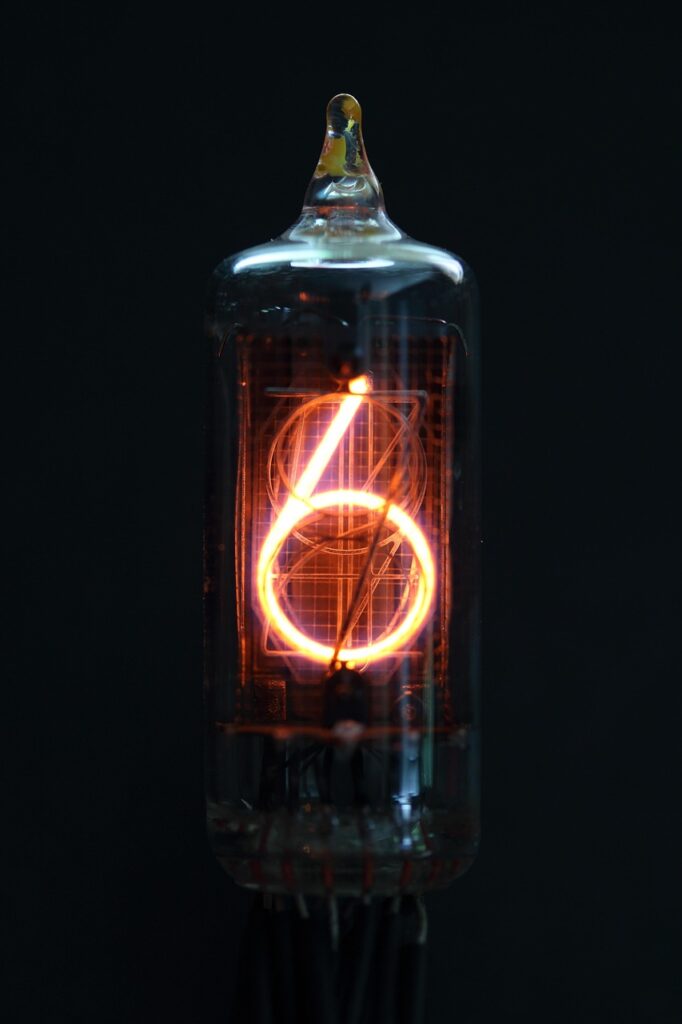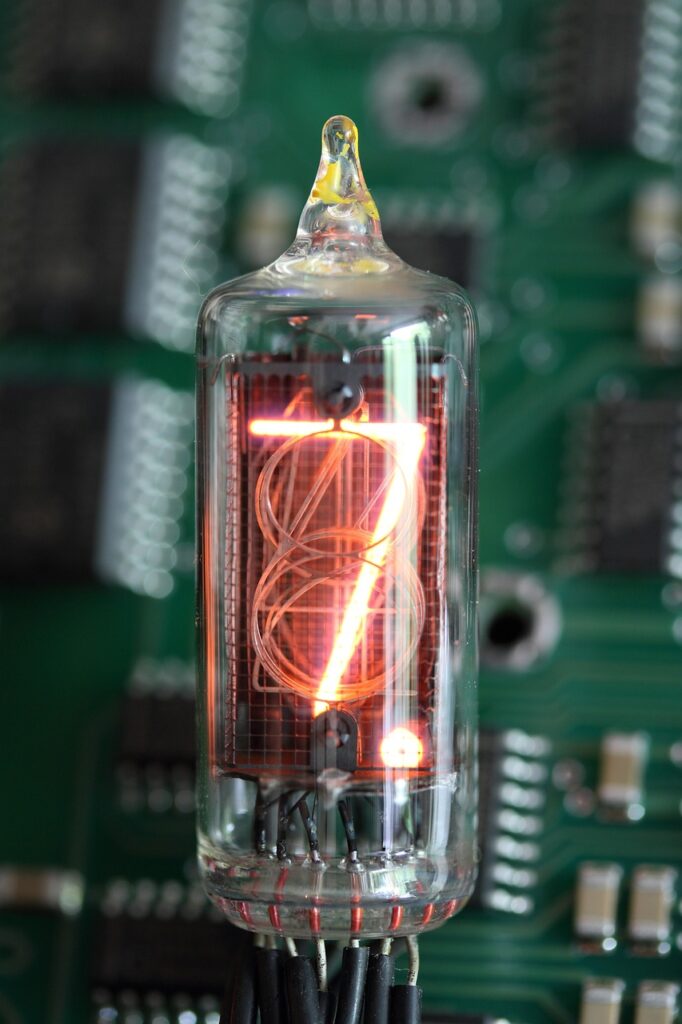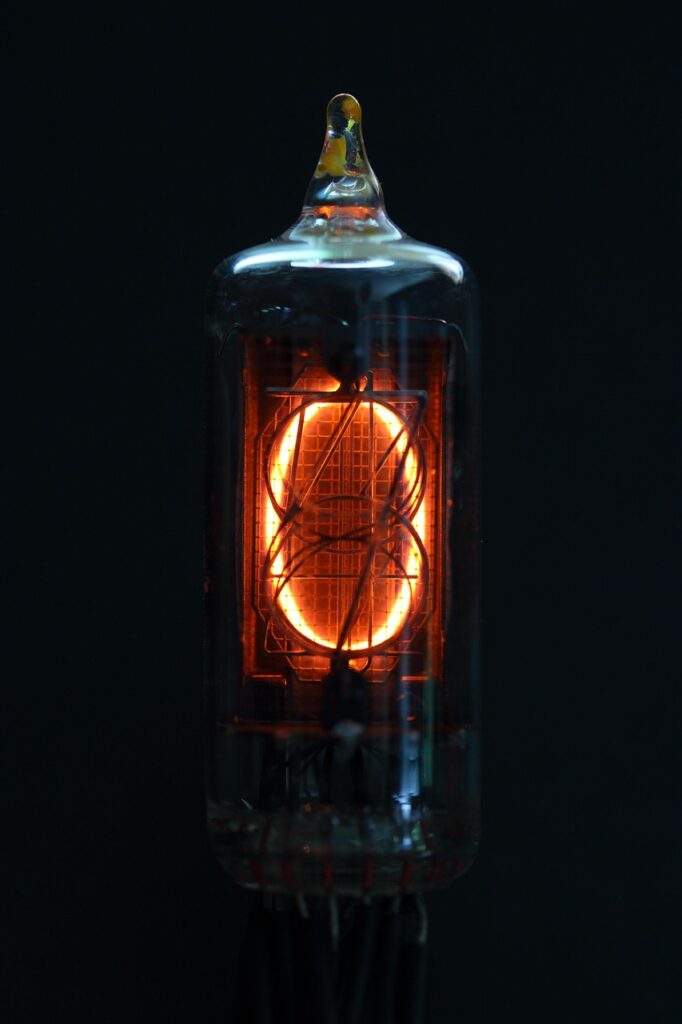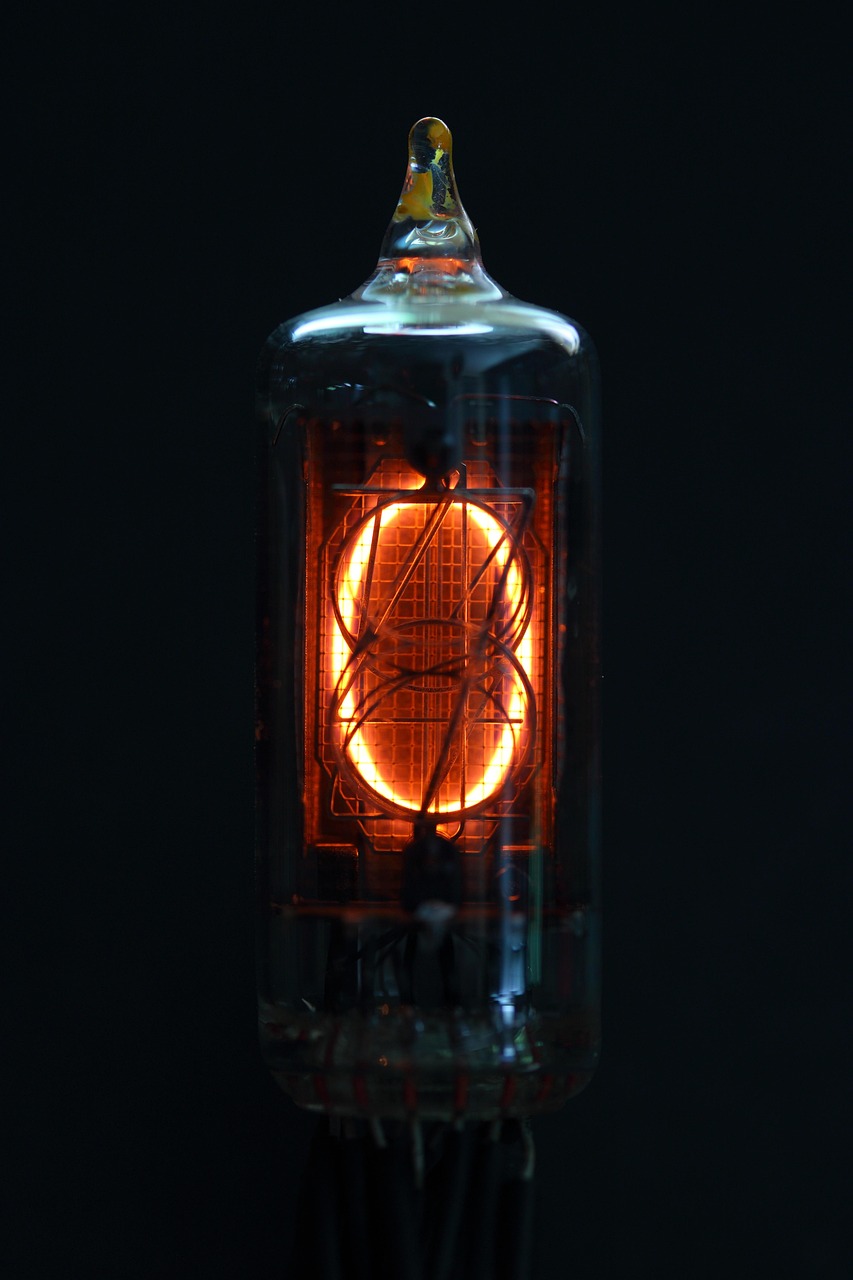The Fascinating History of Nixie Bulbs
Have you ever heard of Nixie bulbs? These unique electronic components have a rich history that dates back several decades. Learn more about the fascinating journey of Nixie bulbs from their invention to their modern-day applications.

What are Nixie Bulbs?
Nixie bulbs, also known as Nixie tubes, are gas-discharge displays that were commonly used in electronics during the mid-20th century. They are cylindrical tubes made of glass with metal cathodes and wire mesh anodes. When powered, the gas inside the tube lights up and forms characters or symbols.
Nixie bulbs were popular for displaying numerical data in devices such as calculators, frequency counters, and digital clocks. Despite being replaced by more modern technologies such as LEDs, Nixie bulbs are still highly sought after by enthusiasts and collectors for their retro aesthetic.
The Invention of Nixie Bulbs
The history of Nixie bulbs dates back to the 1950s when they were first developed by the Haydu brothers, artists and inventors from Czechoslovakia. The name “Nixie” is believed to be a combination of “NIX I”, an abbreviation of “Numeric Indicator eXperimental No. 1.”
Originally designed for military applications, Nixie bulbs quickly gained popularity in consumer electronics due to their bright and easy-to-read display. Their unique design and reliable performance made them a preferred choice for manufacturers looking for a display technology that was both functional and aesthetically pleasing.
How Nixie Bulbs Work
Nixie bulbs operate based on the principle of gas discharge. The tubes are filled with a gas such as neon or argon at low pressure, along with a small amount of mercury. When a high voltage is applied between the cathode and anode, the gas ionizes and emits a colored glow.
Each cathode inside the Nixie tube is shaped like a number or symbol, and when lit up, it creates a distinct character on the display. By selectively activating the cathodes, different numbers or characters can be displayed, making Nixie bulbs ideal for numerical readouts.
Types of Nixie Bulbs
There are several different types of Nixie bulbs, each with its own unique design and characteristics. Some common types include:
| Type | Description |
|---|---|
| IN-12 | Small Nixie tubes with a clear glass envelope and a warm orange glow. |
| IN-14 | Larger Nixie tubes with a white ceramic base and a bright orange glow. |
| ZM1000 | Nixie tubes with tall, slender digits and a distinctive red glow. |
| B-7971 | Nixie tubes with a flat top and a blue or green tinted glass for a futuristic look. |
Each type of Nixie bulb has its own unique aesthetic appeal and is sought after by collectors and hobbyists for its specific characteristics.

Modern Applications of Nixie Bulbs
While Nixie bulbs were commonly used in consumer electronics during the mid-20th century, their applications have evolved over time. Today, Nixie bulbs are often used in retro-inspired designs, DIY projects, and specialty clocks.
One popular application of Nixie bulbs is in the creation of Nixie tube clocks. These clocks use Nixie bulbs to display the time in a unique and visually appealing way. They have gained popularity among enthusiasts who appreciate the retro charm of Nixie technology.
Collecting Nixie Bulbs
Collecting Nixie bulbs has become a popular hobby for electronics enthusiasts and vintage technology collectors. Nixie bulbs are sought after for their unique aesthetic appeal, historical significance, and rarity.
Some collectors focus on finding rare or unusual types of Nixie bulbs, while others prefer to collect entire displays or devices that use Nixie technology. Regardless of what attracts collectors to Nixie bulbs, there is a vibrant community of enthusiasts who share their passion for these vintage electronic components.

Care and Maintenance of Nixie Bulbs
Due to their age and delicate construction, Nixie bulbs require special care and maintenance to ensure their longevity. Here are some tips for preserving and protecting your Nixie bulbs:
-
Handle with care: Nixie bulbs are made of glass and can be easily damaged if mishandled. Always handle them gently and avoid dropping or knocking them.
-
Avoid moisture: Moisture can damage the connections inside Nixie tubes and cause them to malfunction. Store your Nixie bulbs in a dry environment and avoid exposing them to humidity.
-
Use a proper power source: Nixie bulbs require a high voltage power source to operate. Make sure to use a suitable power supply that meets the voltage and current requirements of your Nixie tubes.
-
Keep them away from direct sunlight: Direct sunlight can cause the gas inside Nixie tubes to degrade over time, affecting their performance. Store your Nixie bulbs in a shaded area away from sunlight.
By following these simple maintenance tips, you can enjoy your Nixie bulbs for years to come and preserve them for future generations to appreciate.
DIY Projects with Nixie Bulbs
If you’re feeling creative and adventurous, why not try incorporating Nixie bulbs into your own DIY projects? Whether you’re building a clock, a temperature display, or a custom piece of art, Nixie bulbs can add a unique and vintage touch to your creations.
There are many online resources and tutorials available that can help you get started with working with Nixie bulbs. From basic wiring and soldering to advanced programming and design, there are endless possibilities for integrating Nixie technology into your projects.
Conclusion
In conclusion, Nixie bulbs have a fascinating history that spans several decades and continues to captivate electronics enthusiasts and vintage technology collectors. From their invention in the 1950s to their modern-day applications in retro-inspired designs, Nixie bulbs have left an indelible mark on the world of electronic displays.
Whether you’re a collector looking to add unique pieces to your collection or a hobbyist interested in experimenting with vintage technology, Nixie bulbs offer a wealth of opportunities for exploration and creativity. So why not dive into the world of Nixie bulbs and see where their unique glow will lead you next?

